Steve,
Just for your amusement, here is the current state of my ATC
Well, if I am to be amused, I must get out my RED pencil

. . . kidding, of course. Your work is always first class and logically conceived.
Interesting thing is that what you have is something of a hybrid between the typical moving carousel arrangements that I have seen and with what I am doing. You move the carousel . . so far fairly conventional . . . . but as always there is the 'Kabibble Twist' on it. You move it with an arm! That removes one of my objections to the travelling carousel concept . . that being the carousel hanging over the table. This is the first arrangement I have seen with an arm swinging the carousel. Very clever indeed.
Couple questions if you don't mind (not to worry no RED pencil here);
1) Another of my quibbles with the DIY setups is lack of protection for the taper (or 'stud' I suppose in your case). Do you have any plan to protect those surfaces from swarf? Do you consider that a must have or optional?
2) What kind of sensors are you planning? At what points in the process do you recon a confirmation is required before moving to the next step?
3) Probably you would get around to this eventually, but I am impatient so . . what will drive the Geneva?
4) did you make the holders in the carousel or are they a Tormach part?
5) Will you use a sparate PLC to control the sequencing or will it be integrated into your Kflop system?
6) How do you do the thumbnail - to - full size photos?

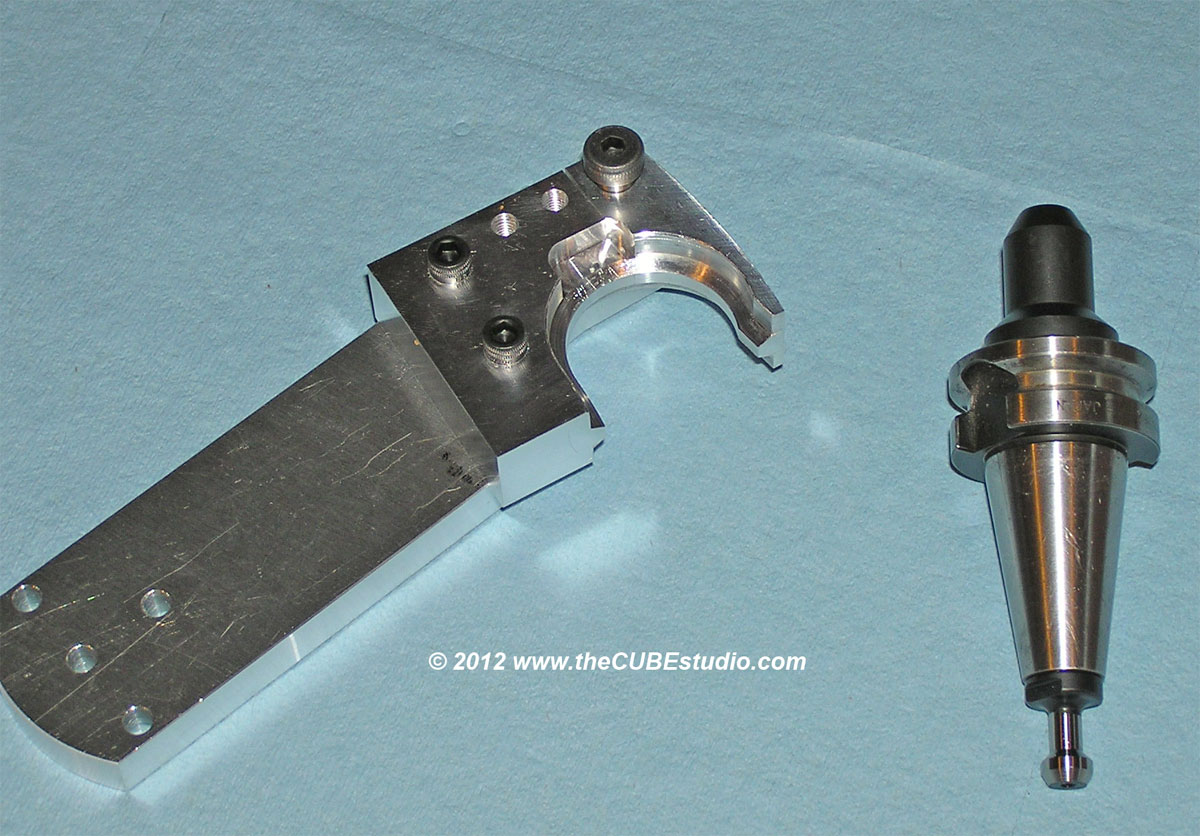
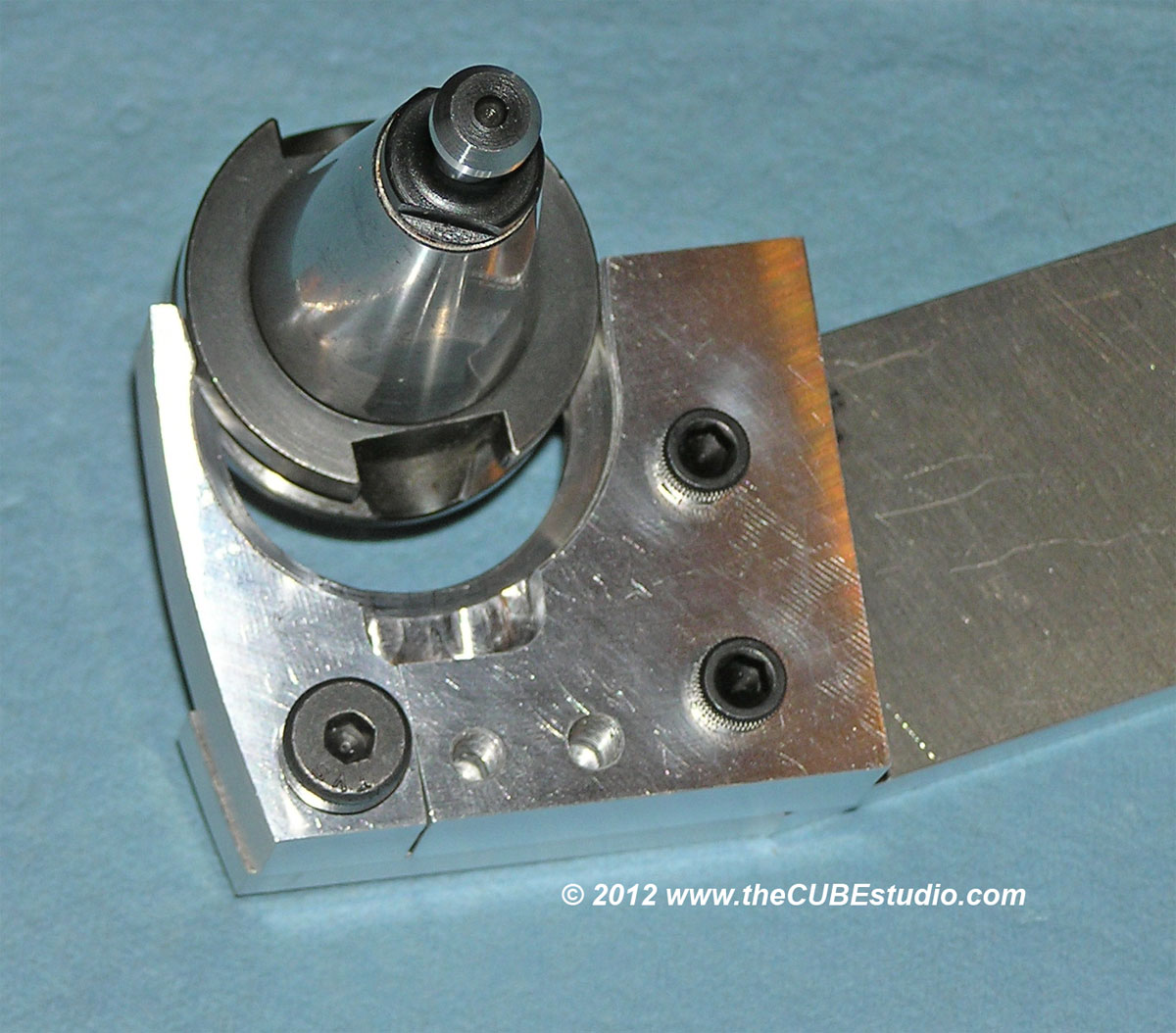
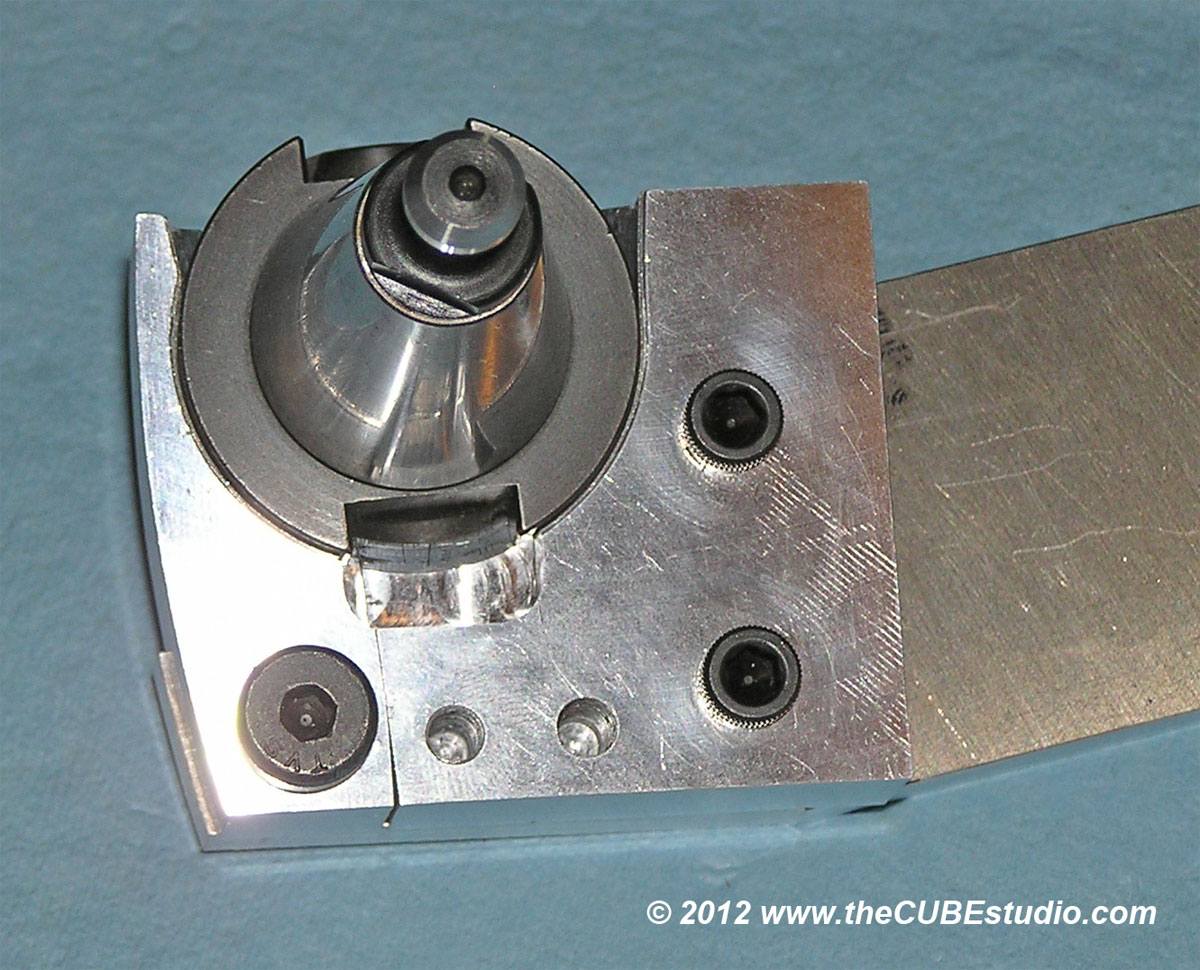
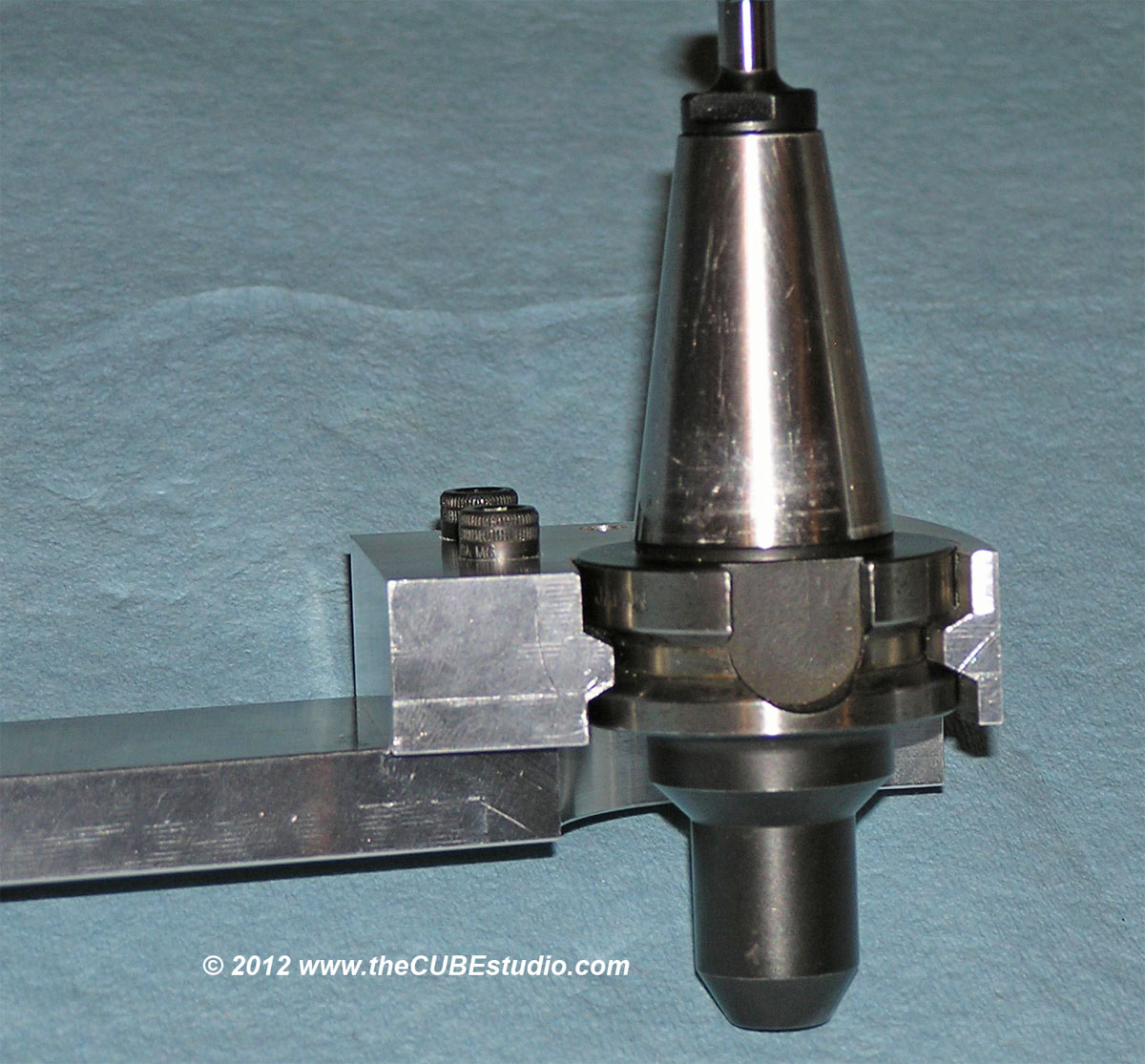
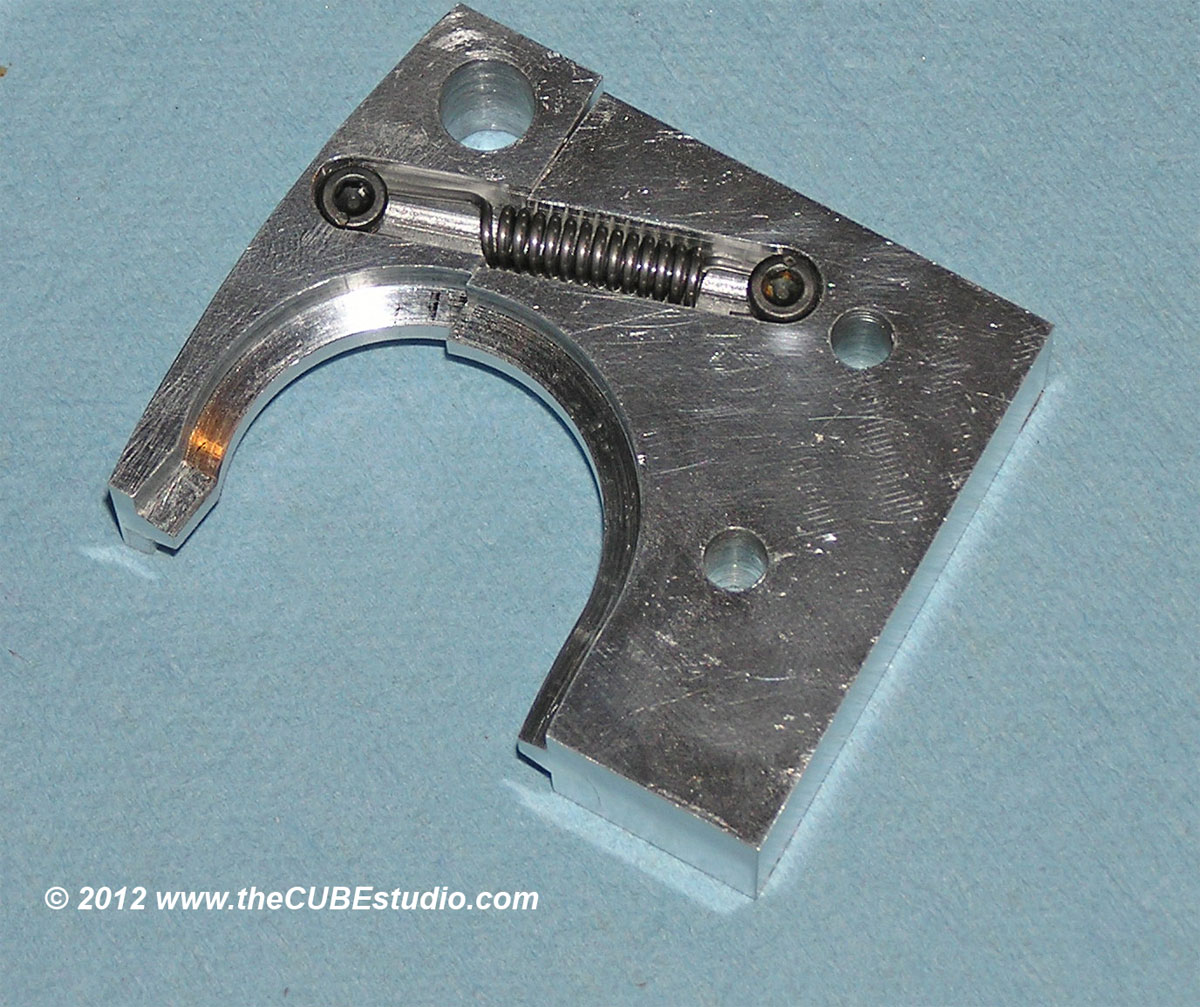


 . . . kidding, of course. Your work is always first class and logically conceived.
. . . kidding, of course. Your work is always first class and logically conceived.